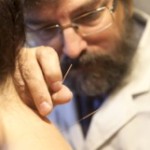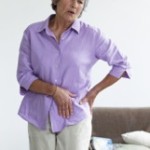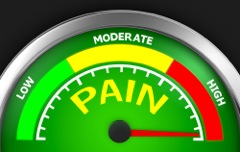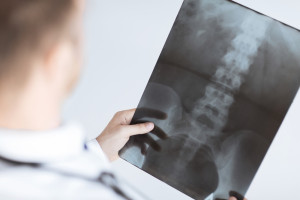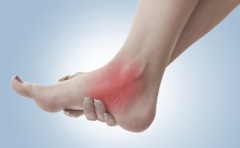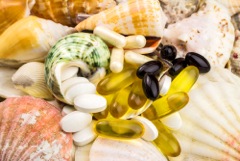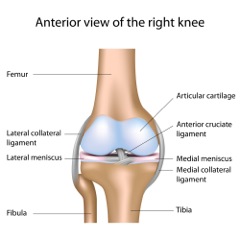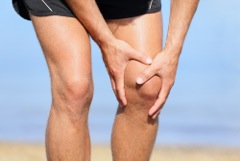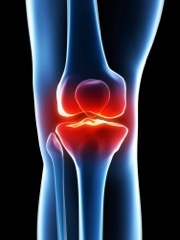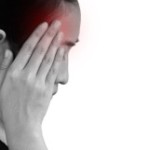 Is there anyone in the world who has never had a headache? In some cases, we can solve this pesky problem by ourselves, yet sometimes we should see a doctor immediately.
Is there anyone in the world who has never had a headache? In some cases, we can solve this pesky problem by ourselves, yet sometimes we should see a doctor immediately.
With this in mind, the experts at Michigan Spine and Pain have put together a quick reference guide to help you identify the type of headache you have and the best strategy for pain relief.
TENSION HEADACHE
This is the most frequent type of headache in the world: everyone has experienced it at least once in their life.
Symptoms: Usually, this is a mild non-throbbing pain. Tension headaches often cause a pressure sensation that feels like you’re wearing a tight band around your forehead. Most often, the intensity of the pain increases from morning to evening.
CAUSES: Factors that seem to contribute to tension headaches are severe stress, fatigue, poor posture, and holding the head in an improper position for a long time. Chronic tension headaches are rare and are often associated with head or neck injuries.
TREATMENT: There are many over the counter medications that effectively mitigate a tension headache. However, this should only be used occasionally. If headaches occur frequently and last for a long time, consult your doctor. Also, try to be physically active, stretch your shoulders and neck regularly, and spend more time outdoors.
SINUS HEADACHE
This type of headache is caused by sinusitis. It is often accompanied by fever, facial swelling, and tension in the forehead and cheekbones.
SYMPTOMS: Typically, you’ll feel a deep pressure, and pain in your forehead in the area of the eyebrows and under the eyes. The pain usually gets stronger when you move your head sharply. You may also have a running or blocked nose and feel tired.
CAUSES: Sinus headaches are caused by sinusitis. They are also a common complication after having a cold or are the result of a seasonal allergy.
TREATMENT: Sinus headaches rarely go away on their own. If you have an allergy, antihistamines may help. In other cases it’s best to see a doctor who will most probably prescribe antibiotics, if you have a sinus infection.
MIGRAINE
All symptoms of this severe headache occur during a migraine attack that progresses through four main stages. Different people report various symptoms of these headaches. Not all migraines are experienced identically.
CAUSES: A migraine is often associated with a violation of the metabolic processes and dilation of blood vessels in the brain. A person also may inherit a genetic predisposition for developing migraines.
TREATMENT: There’s currently no cure for migraines, although a number of treatments are available to help ease the symptoms. You need to see your doctor to choose the right medication. Moreover, regular exercise will help you improve your health significantly.
CLUSTER HEADACHE
Cluster headaches are rare, affecting less than 1 percent of the population. They are five times more common in males than females.
SYMPTOMS: A cluster headache may cause a stabbing pain behind or around your eyes, usually on one side of your head. It frequently develops during sleep. Symptoms may also include redness of the eyes, sensitivity to light and eye tearing. The pain usually lasts from 15 minutes to 1 hour.
CAUSES: Scientists don’t know exactly what causes cluster headaches. They are most often linked to disruptions in the body’s biological clock.
TREATMENT: Treating a cluster headache can be tricky because the pain appears and disappears spontaneously and at a moment’s notice. Only a doctor can help you solve this problem.
HANGOVER
CAUSES: We hear many different versions about why people often have a headache after drinking alcohol. One of them suggests that alcohol causes blood vessel dilation and affects serotonin levels in the body. Moreover, alcohol promotes water loss and dehydration — major migraine triggers.
TREATMENT: The best remedy is to take an over the counter headache medication, drink plenty of water and get some good sleep. You should take a hangover seriously. If you have a headache after consuming even a small amount of alcohol it may indicate that you’re suffering from a mild form of migraine.
